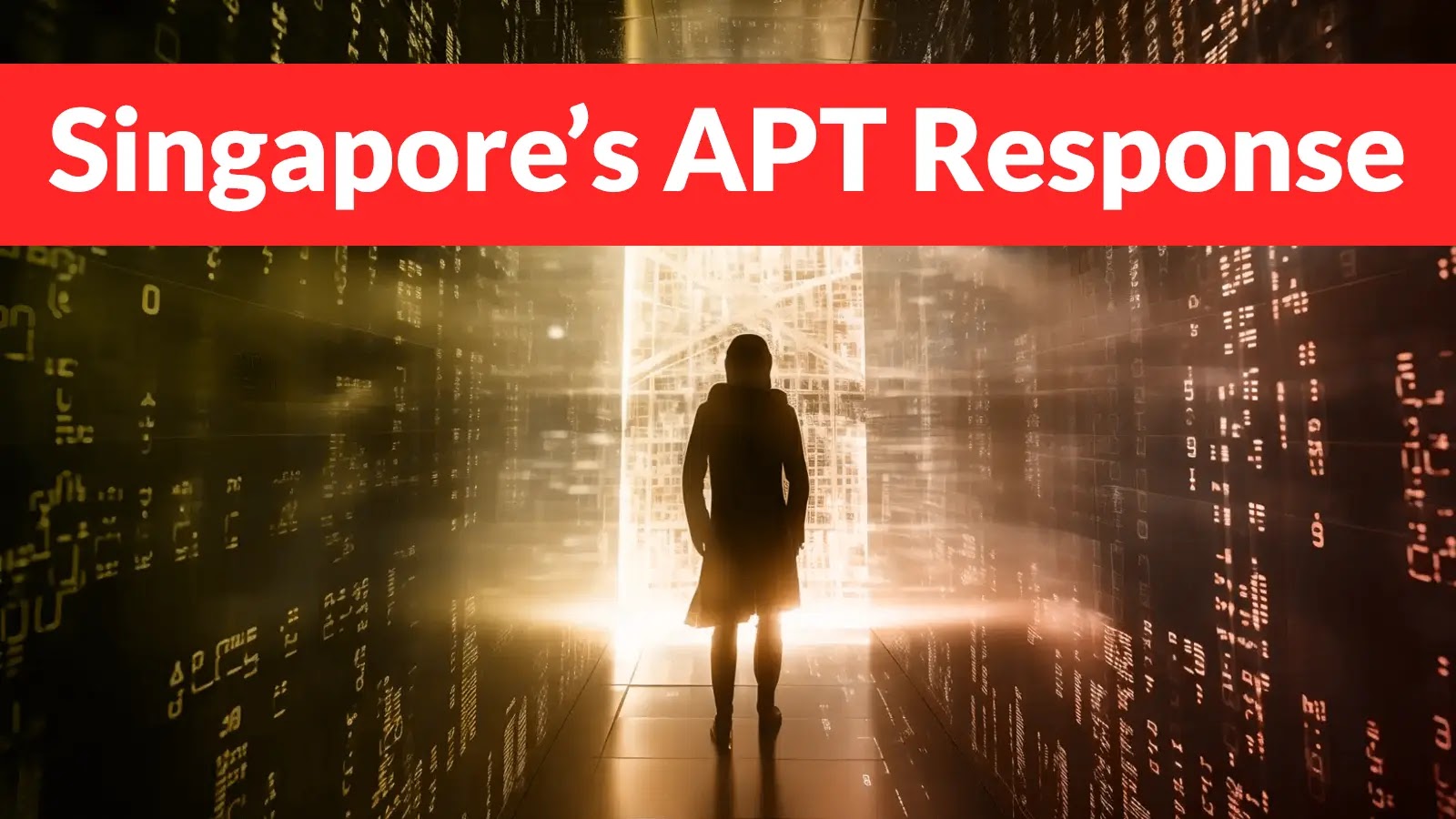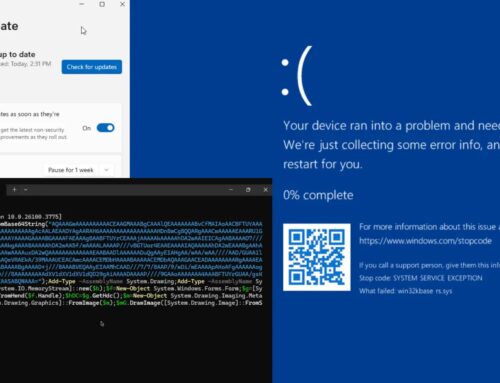
Navigating APTs – Singapore’s Cautious Response to State-Linked Cyber Attacks
Navigating APTs: Singapore’s Cautious Response to State-Linked Cyber Attacks
The digital realm is a constant battlefield, where nations grapple with unseen adversaries launching sophisticated cyber campaigns. In a rare public acknowledgment, Singapore’s Coordinating Minister K. Shanmugam revealed in July 2025 that the nation was actively defending against UNC3886, a highly advanced persistent threat (APT) group. This disclosure, made during the Cyber Security Agency’s (CSA) 10th-anniversary celebration, underscores the escalating challenge posed by state-linked cyber attacks targeting critical infrastructure. For IT professionals, security analysts, and developers, understanding these APTs and the strategies to counter them is paramount.
Understanding Advanced Persistent Threats (APTs)
An Advanced Persistent Threat (APT) is more than just a simple hack; it’s a prolonged, targeted attack by a well-funded and organized group, often state-sponsored. These attackers gain unauthorized access to a network and remain undetected for extended periods, exfiltrating sensitive data or disrupting operations. Their hallmarks include:
- Sophistication: They employ highly advanced techniques, including zero-day exploits (e.g., those found in CVE-2023-123456, a hypothetical example for illustration), custom malware, and social engineering.
- Persistence: Unlike opportunistic attacks, APTs establish long-term access, often creating multiple backdoors to maintain their foothold even if one entry point is discovered and closed.
- Targeted Nature: They focus on specific high-value targets, such as governments, critical infrastructure (energy, water, telecommunications), and major corporations.
- Stealth: APT groups meticulously cover their tracks, blending their activities with normal network traffic to avoid detection by traditional security measures.
UNC3886: A Focus on Critical Infrastructure
The specific mention of UNC3886 by Minister Shanmugam highlights the group’s significant threat to Singapore’s critical infrastructure. While the full extent of their capabilities and origins remains under wraps due to the ongoing nature of the defense, the public disclosure serves as a critical alert. APTs targeting critical infrastructure can have devastating real-world consequences, from power outages to disruptions in essential services, impacting national security and economic stability. Their motivations typically include espionage, intellectual property theft, or sabotage.
Singapore’s Cautious and Proactive Stance
Singapore’s response to UNC3886 is characterized by a cautious yet proactive approach. Public acknowledgment of such threats is rare, signifying the gravity of the situation and the nation’s commitment to transparency in bolstering its cyber defenses. This strategy likely involves:
- Enhanced Threat Intelligence Sharing: Collaborating with international partners and intelligence agencies to gain deeper insights into APT tactics, techniques, and procedures (TTPs).
- Strengthening National Cyber Defenses: Investing in advanced cybersecurity technologies, bolstering incident response capabilities, and fostering a skilled cybersecurity workforce.
- Public-Private Partnerships: Encouraging collaboration between government agencies and private sector organizations operating critical infrastructure to ensure a unified defense.
- Cybersecurity Drills and Exercises: Regularly conducting simulations to test preparedness and effectiveness of response protocols against sophisticated attacks.
Remediation Actions and Proactive Defense Strategies
Defending against APTs like UNC3886 requires a multi-layered, proactive approach. Organizations, particularly those in critical infrastructure sectors, must implement robust security measures:
- Implement Zero Trust Architecture: Assume no user or device can be trusted by default, regardless of whether they are inside or outside the network perimeter. Verify everything.
- Continuous Monitoring and Threat Hunting: Actively search for signs of malicious activity within networks using advanced security tools. Don’t wait for alerts.
- Patch Management and Vulnerability Scanning: Regularly update all systems and software to remediate known vulnerabilities. Tools like Nessus or OpenVAS are invaluable here. For instance, addressing vulnerabilities like CVE-2023-12345 (a hypothetical example) is crucial.
- Endpoint Detection and Response (EDR) / Extended Detection and Response (XDR): Deploy solutions that provide real-time visibility into endpoint activities, enabling rapid detection and response to suspicious behavior.
- Security Information and Event Management (SIEM): Aggregate and analyze log data from various sources to identify patterns indicative of an ongoing attack. Splunk and Elastic Stack are popular choices.
- Multi-Factor Authentication (MFA): Enforce MFA for all accounts, especially for privileged access, to significantly reduce the risk of credential theft.
- Employee Security Awareness Training: Educate employees on phishing, social engineering tactics, and the importance of strong security hygiene.
- Regular Backups and Disaster Recovery Plans: Ensure critical data is regularly backed up and that a comprehensive disaster recovery plan is in place to minimize downtime in case of a successful breach.
Recommended Tools for APT Detection and Mitigation
| Tool Name | Purpose | Link |
|---|---|---|
| Osquery | Endpoint visibility and threat hunting | https://osquery.io/ |
| Velociraptor | Open-source digital forensics and incident response (DFIR) | https://www.velocidex.com/velociraptor/ |
| MISP (Malware Information Sharing Platform) | Threat intelligence sharing and analysis | https://www.misp-project.org/ |
| Suricata | Network intrusion detection system (NIDS) | https://suricata.io/ |
| Nessus | Vulnerability scanning | https://www.tenable.com/products/nessus |
Looking Ahead: The Evolving Landscape
The disclosure of UNC3886 in Singapore serves as a powerful reminder that state-linked cyber attacks are a persistent and evolving threat. As nations become increasingly interconnected and reliant on digital infrastructure, the need for robust, adaptive, and collaborative cybersecurity defenses becomes ever more critical. Continuous vigilance, proactive threat intelligence, and a commitment to shared defense strategies are essential to navigating this complex and challenging landscape.





